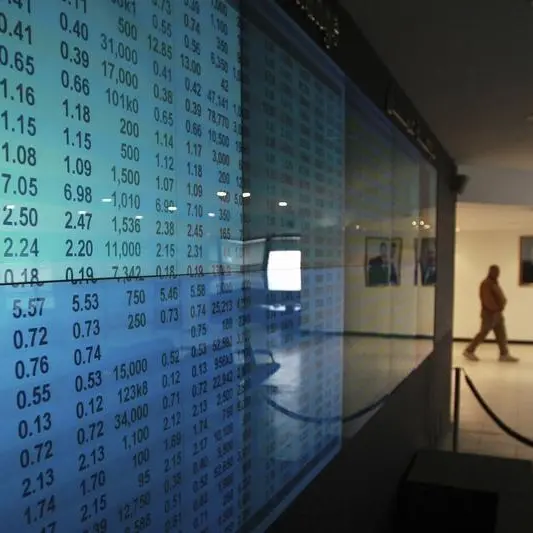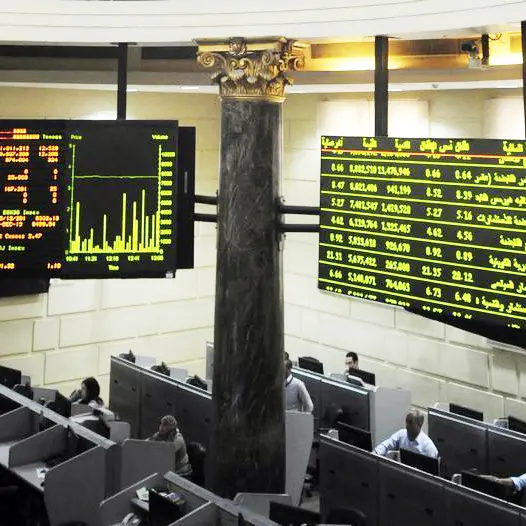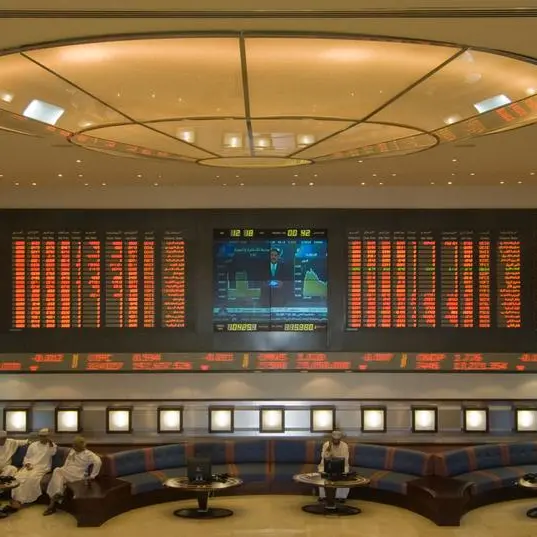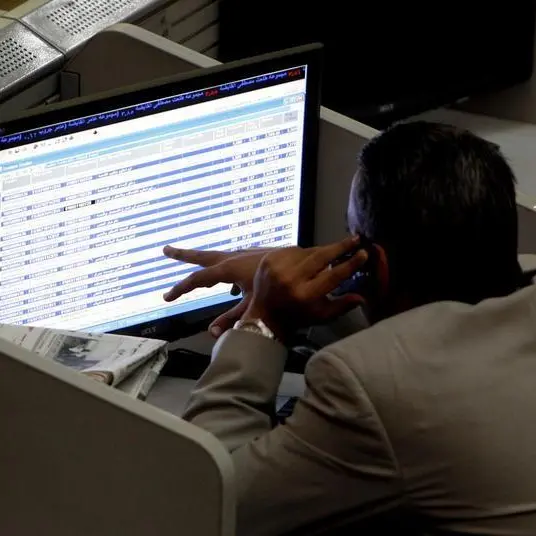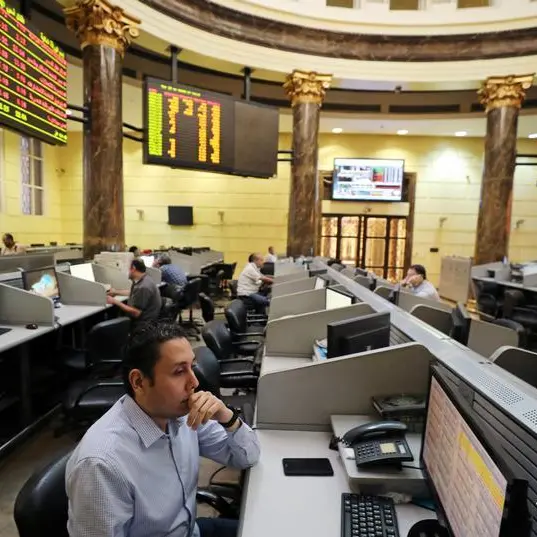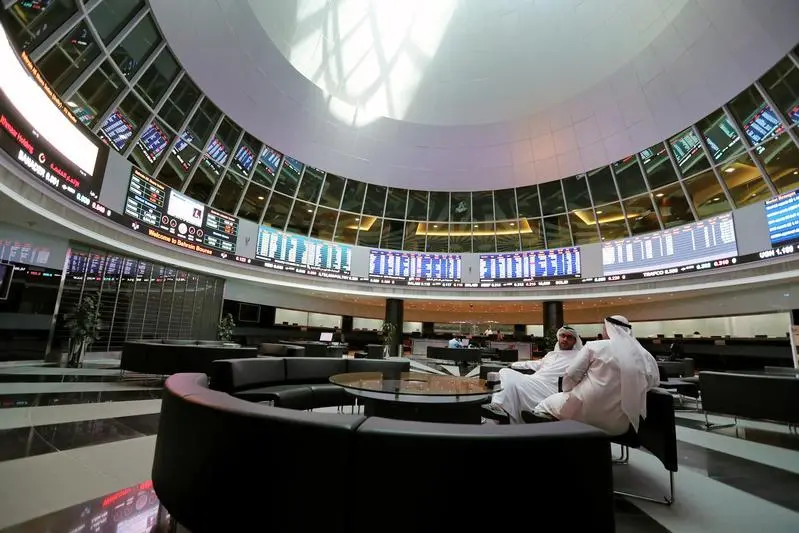Bitcoin, Ethereum, Ripple, Dogecoin and many others are making headlines. It’s not anymore about the (still) stellar price appreciations of the last quarters, but about their sharp fall for a month. We do not advise on crypto currencies, and I’ll touch upon the reason why. Before that, the key question for us is the potential contagion of this volatility to the conventional asset classes we build your portfolios with.
Volatility in the crypto complex is enormous, simply unprecedented in any “liquid asset”. Even calculating it is a challenge: they trade through multiple, unregulated marketplaces, every single second of every single day. No weekend pause, no circuit breaker, and a massive sensitivity to real time opinions from a myriad of influencers, some very prominent.
Taking comparable standard measures, which don’t take into account the continuous trading, bitcoin is 5 times more volatile than the average US technology stock, for example. No doubt, it should remain so: on top of the features I just listed, the very emotional drivers of speculation are unstable by nature, and potential catalysts abound. On the positive side, growing adoption and the willingness of speculators to become rich quickly. On the negative side, a regulatory crackdown or the questionable relevance of the business model of certain tokens.
This may be a paradise for day (and night) traders, but as prices have skyrocketed and participation has spread exponentially, the losses of last month are considerable. Not less than half a trillion dollars of value has been wiped out. These 12 digits are bigger than the infamous US sub-prime mortgage market which triggered the 2008 great financial crisis.
What is the risk of contagion to global markets? Afterall, the single most important driver behind the crypto boom is the generosity of central banks, which also boosts conventional assets. Similarly, many investors suffering in crypto are also invested in stocks and may have to cover their losses.
We find reasons not to be too pessimistic. First, ownership is overwhelmingly from retail investors. Banks, insurers and institutions show neglectable direct exposure, which limits the systemic risk. Leverage and derivatives are also not the norm, another key difference with 2008.
Finally, buffers exist: current savings rates are at record high due to the policy responses to the pandemic. Crypto enthusiasts may renounce to order a Lamborghini, but they shouldn’t lose their home. Contagion happens but it is limited to the other hottest segments of the market, such as SPACs or high-octane stocks relying on the same speculative “animal spirits”.
As long as the fundamental backdrop remains supportive, with better virus control in the West and progressive reopening of services activity, there is no reason to expect a crypto-triggered broad market crash. Don’t get me wrong: we still expect volatility in global markets, which combine elevated valuations with unanimously bullish positioning. We do believe that interest rates have not peaked yet and will generate turbulence in the coming months. But we do not see the crypto crash as the single source of trouble, and keep on believing in a constructive outcome for the end of the year.
Let me conclude on why we do not advise on crypto assets (yet). We operate in a structured framework which considers three dimensions for any investment decision: the backdrop, the valuation, and behavioral factors.
The backdrop is extremely bright: we are strong believers in the blockchain technology and in its applications, which brings cryptographic trust and cost efficiency in a myriad of domains. There is a lot of value there, and it’s still early days. The issue is that we cannot estimate a fundamental price tag on it. In addition, behavioral factors look, and are proving, extremely dangerous. We see many parallels with the end of the last millennium: all the technological breakthroughs announced in 1999 happened, actually much more happened. But the market was overestimating both their short-term impact and the fact that ruthless competition would crown a few winners, not everything with a dotcom. We need some time to estimate the right price behind the value of cryptos and distinguish the geniuses from the opportunists.
In the meantime, even if the temptation, and the pressure, is high, we stick to our fundamental framework and look for ways to capture some of the blockchain value in assets we can understand and model.
© Opinion 2021Any opinions expressed in this article are the author’s own
Disclaimer: This article is provided for informational purposes only. The content does not provide tax, legal or investment advice or opinion regarding the suitability, value or profitability of any particular security, portfolio or investment strategy. Read our full disclaimer policy here.

